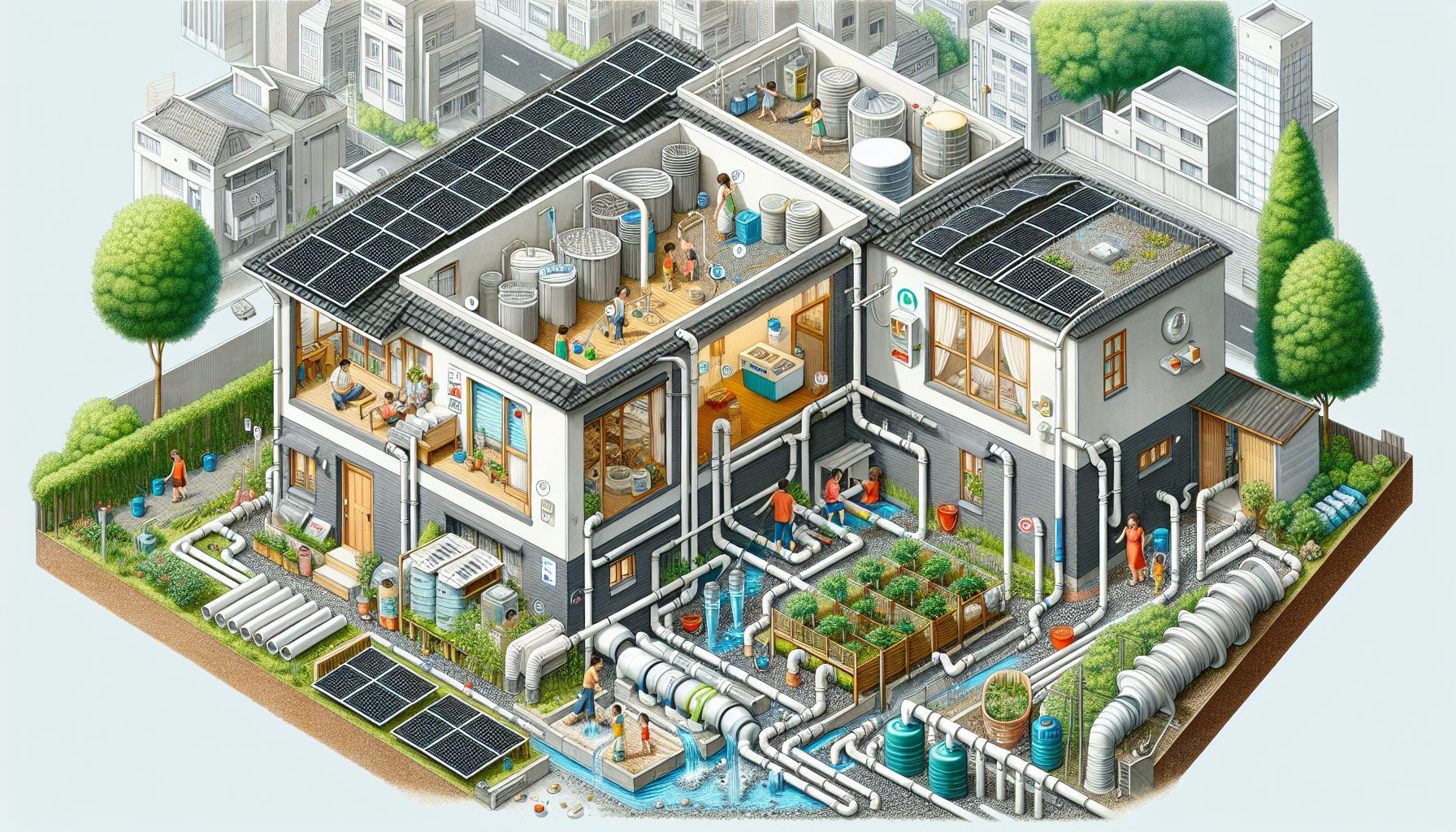In recent years, the issue of water scarcity has become a growing concern in many urban areas around the world. With increasing populations and changing climate patterns, municipalities are struggling to meet the water demands of their residents. One solution that has gained traction in addressing this issue is rainwater harvesting.
Rainwater harvesting is the process of collecting and storing rainwater for later use. This practice has been utilized for centuries by various civilizations, and is now being rediscovered as a sustainable water management strategy. In urban areas, rainwater harvesting can help reduce the strain on municipal water supplies, decrease stormwater runoff, and improve water quality.
Benefits of Rainwater Harvesting
There are numerous benefits to implementing rainwater harvesting systems in urban households. Some of the key advantages include:
-
Water Conservation: By capturing rainwater, households can reduce their reliance on treated water from municipal sources. This helps to conserve water resources and reduce the strain on existing water supplies.
-
Cost Savings: Utilizing rainwater for non-potable uses such as gardening, irrigation, and toilet flushing can lead to significant cost savings on water bills.
-
Flood Mitigation: By capturing rainwater, households can help reduce the volume of stormwater runoff, which can help mitigate flooding in urban areas.
-
Water Quality: Rainwater is typically free from the chemicals and additives found in treated water, making it a more environmentally friendly option for certain uses.
-
Drought Resilience: During droughts or water restrictions, rainwater harvesting systems provide a reliable source of water for household needs.
Rainwater Harvesting Techniques
There are several techniques for harvesting rainwater in urban households. Some popular methods include:
-
Rain Barrels: Rain barrels are perhaps the most common and simple way to collect rainwater. These large barrels are connected to downspouts, allowing rainwater to be collected and stored for later use.
-
Rain Gardens: Rain gardens are designed to capture and absorb rainwater runoff from roofs and paved surfaces. These gardens are planted with water-loving plants that can help filter and purify the water as it infiltrates into the ground.
-
Green Roofs: Green roofs are another innovative way to capture rainwater. These roofs are covered with vegetation which absorbs rainwater and reduces runoff. The collected water can be used for irrigation or other non-potable uses.
-
Permeable Paving: Permeable paving materials allow rainwater to infiltrate into the ground rather than running off into storm drains. This helps recharge groundwater supplies and reduces flooding.
-
In-ground Cisterns: In-ground cisterns are large tanks buried underground that store rainwater for later use. These systems are more extensive and costly to install, but can store larger volumes of water.
Conclusion
Rainwater harvesting is a simple yet effective way for urban households to reduce their water consumption, save money, and contribute to sustainable water management. By implementing rainwater harvesting techniques, homeowners can play a significant role in conserving water resources and building more resilient communities in the face of changing climate patterns.
Sources:
– https://www.epa.gov/sustainable-management-water/rainwater-harvesting-basics
– https://www.investopedia.com/terms/r/rainwater-harvesting.asp
